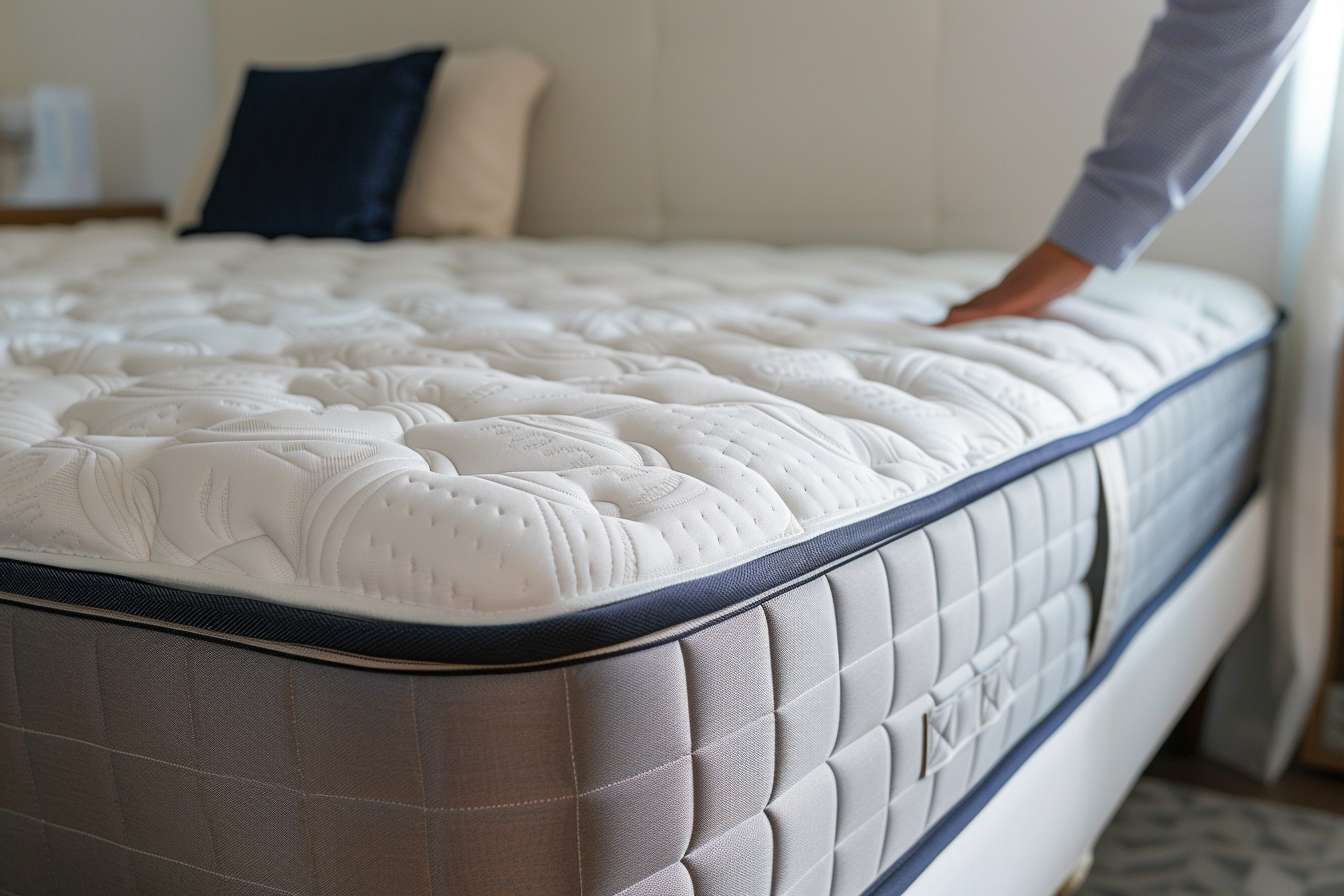How Pillows Have Helped People Rest for Centuries
Pillows are soft supports that people have used for hundreds of years to rest and get comfortable while sleeping or relaxing. This article explores the different types of pillows, what they are made from, and the ways people have used them in everyday life to make resting easier and more pleasant.

The Ancient Origins of Pillows
The pillow history extends back to approximately 7,000 BCE in ancient Mesopotamia, where the earliest pillows were made of stone or wood. These hard pillows weren’t designed for comfort as we think of it today but served practical purposes. Ancient Egyptians used curved stone or wooden headrests to keep their heads elevated during sleep, primarily to prevent insects from crawling into their mouths, noses, or ears. These headrests also served to protect elaborate hairstyles that took hours to create. In ancient China, pillows were often made from jade, porcelain, bamboo, or bronze and were believed to have healing properties, transforming life energy and protecting against demons during sleep. The transition to softer materials began when ancient Greeks and Romans introduced pillows stuffed with cotton, reeds, and straw for increased comfort.
Evolution of Pillow Materials Throughout History
The pillow evolution closely follows advancements in textiles and other materials. During the Middle Ages, only the wealthy could afford pillows filled with down feathers, while common people used bags stuffed with hay or whatever soft material was available. By the Industrial Revolution in the 19th century, manufacturing advances made pillows more accessible to middle-class households. Cotton became a popular filling material due to its softness and affordability. The 20th century witnessed significant innovations in pillow materials: latex foam emerged in the 1920s, polyester fiberfill became widespread in the 1950s, and memory foam was developed by NASA in the 1960s before becoming commercially available for pillows in the 1990s. Today’s pillows incorporate numerous advanced materials, including cooling gels, bamboo fibers, and hypoallergenic synthetics designed to address specific sleep concerns.
Types of Pillows Across Cultures and Time
Different cultures have developed distinct types of pillows to suit their sleeping preferences and available materials. Traditional Japanese pillows (makura) were small rectangular blocks filled with buckwheat hulls, beans, or dried grasses. Korean pillows often featured cylindrical designs filled with rice, beans, or buckwheat. In Southeast Asia, triangular pillows provided back and neck support for sitting rather than sleeping. European cultures gravitated toward square or rectangular down-filled pillows, which became the standard design that influences modern Western pillows. Native American cultures created pillows from animal hides stuffed with various natural materials. As global trade increased, these designs cross-pollinated, leading to the diverse array of pillow types available today, including contour pillows, body pillows, travel pillows, and specialized orthopedic designs developed to address specific needs.
How Pillow Materials Impact Sleep Comfort
The relationship between pillow materials and sleep comfort has been increasingly understood through both practical experience and modern sleep science. Different materials offer varying levels of support, temperature regulation, and durability that directly affect sleep quality. Down and feather pillows provide soft, moldable support but may trigger allergies in sensitive individuals. Memory foam conforms to the head and neck, offering personalized support but sometimes retaining heat. Latex provides responsive support with natural antimicrobial properties. Buckwheat hull pillows offer adjustable firmness and excellent air circulation. Polyester fills are affordable and hypoallergenic but may compress over time. Cotton provides natural breathability but might flatten quickly. Modern sleep research has confirmed that proper pillow support helps maintain spinal alignment during sleep, potentially reducing neck pain, headaches, and improving overall sleep quality. The right pillow material for an individual depends on sleep position, body type, personal preferences, and specific health concerns.
The Science Behind Modern Pillow Design
Recent decades have seen pillow design transformed by scientific research into sleep mechanics and ergonomics. Modern pillow development incorporates knowledge of cervical spine alignment, pressure point relief, and sleep position requirements. Side sleepers typically need thicker, firmer pillows that fill the gap between shoulder and head, while back sleepers benefit from medium-thickness pillows that support the natural curve of the neck. Stomach sleepers require thin, soft pillows to minimize neck strain. Contemporary pillow innovation also addresses common sleep issues: cooling technologies combat night sweats, hypoallergenic materials reduce allergic reactions, and antimicrobial treatments inhibit dust mites and bacteria. Research on sleep disorders has influenced specialized pillow designs for conditions like sleep apnea, acid reflux, and snoring. Smart pillows represent the cutting edge of this evolution, incorporating sensors to track sleep patterns, automatic adjustment systems, and even built-in speakers for white noise or guided relaxation.
The Cultural Significance of Pillows Beyond Sleep
Throughout history, pillows have transcended their practical function to become culturally significant objects. In many societies, decorative pillows have been used to display wealth, artistic expression, and cultural identity. In ancient China, intricately carved jade pillows were prestigious burial items for the elite. During the Renaissance, ornate pillows displayed in European homes showcased a family’s wealth and artistic taste. In Middle Eastern cultures, floor pillows for seating guests represented hospitality and status. Various cultures incorporated symbolic imagery and protective charms into pillow designs to ward off nightmares or bring good dreams. Wedding ceremonies across different societies have featured special pillows as part of ritual practices—from ring-bearing pillows to those exchanged as symbolic gifts between families. Even today, throw pillows and custom designs allow for personal expression and complement interior design, showing how these functional items continue to carry cultural meaning beyond their primary purpose of supporting restful sleep.




